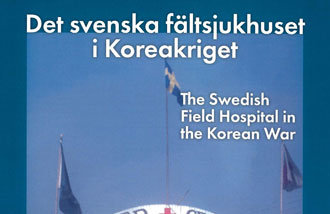Many aspects of increased med school enrollment are still unclear
Many aspects of increased med school enrollment are still unclear
Posted May. 14, 2024 07:51,
Updated May. 14, 2024 07:51
It was confirmed that much of the supporting materials submitted by the government to the court ahead of the court's decision to suspend enforcement of the medical school student quota increase were press releases and civic group statements. The government claimed that the justification for increasing the number of medical schools was supportable by this data, which is denied by doctors’ groups who say that the government's data cannot serve as a scientific basis for increasing the number of medical school students by 2,000.
As the government stated in its written reply submitted to the court, the issue of increasing medical school student quota falls under the ‘policy judgment’ of the government responsible for health care administration. The issue is the government undermining policy credibility by not disclosing the data leading to policy decision-making or by backtracking comments about the existence of the data. There were 55 related materials submitted to the court by the government, of which 30 were press releases, media articles, and statements calling for an increase in the medical school student quota.
How can this be considered scientific data? Most of the advisors who attended the government meeting suggested an increase of 300 to 1,000 students. Even the authors of the report cited by the government opposed the 2,000 increase. The government has been unable to explain the rationale behind the 2,000 increase for over three months.
What is even more unfathomable is that the meeting minutes of the quota allocation committee, as well as the number of attendees, are not disclosed. The government initially said that it would provide an anonymous list, disclosing only the professions of the attendees to identify whether they care about medical school professors or public officials, but eventually ended up only publishing a summary of the meeting results. The quota increase is an opportunity for universities that are facing challenges coming from a sharp decline in the school-age population, and the government budget for expanding education and training infrastructure for national medical schools varies depending on the scale of the increase. Who would trust the results if such an important decision was made at a meeting where no one knew who was present?
Chaos is inevitable, regardless of the court’s decision. If the request for a temporary injunction is approved, it will only give impunity to doctors who abandoned patients and make it difficult to increase the medical student quota. If rejected, medical residents will not be able to return to work and teaching hospitals will face the risk of bankruptcy. Doctors will be brought in from overseas, and medical school education will suffer a setback. Apart from addressing the medical crisis, we must closely examine what parts of the policy went wrong and who is responsible.







